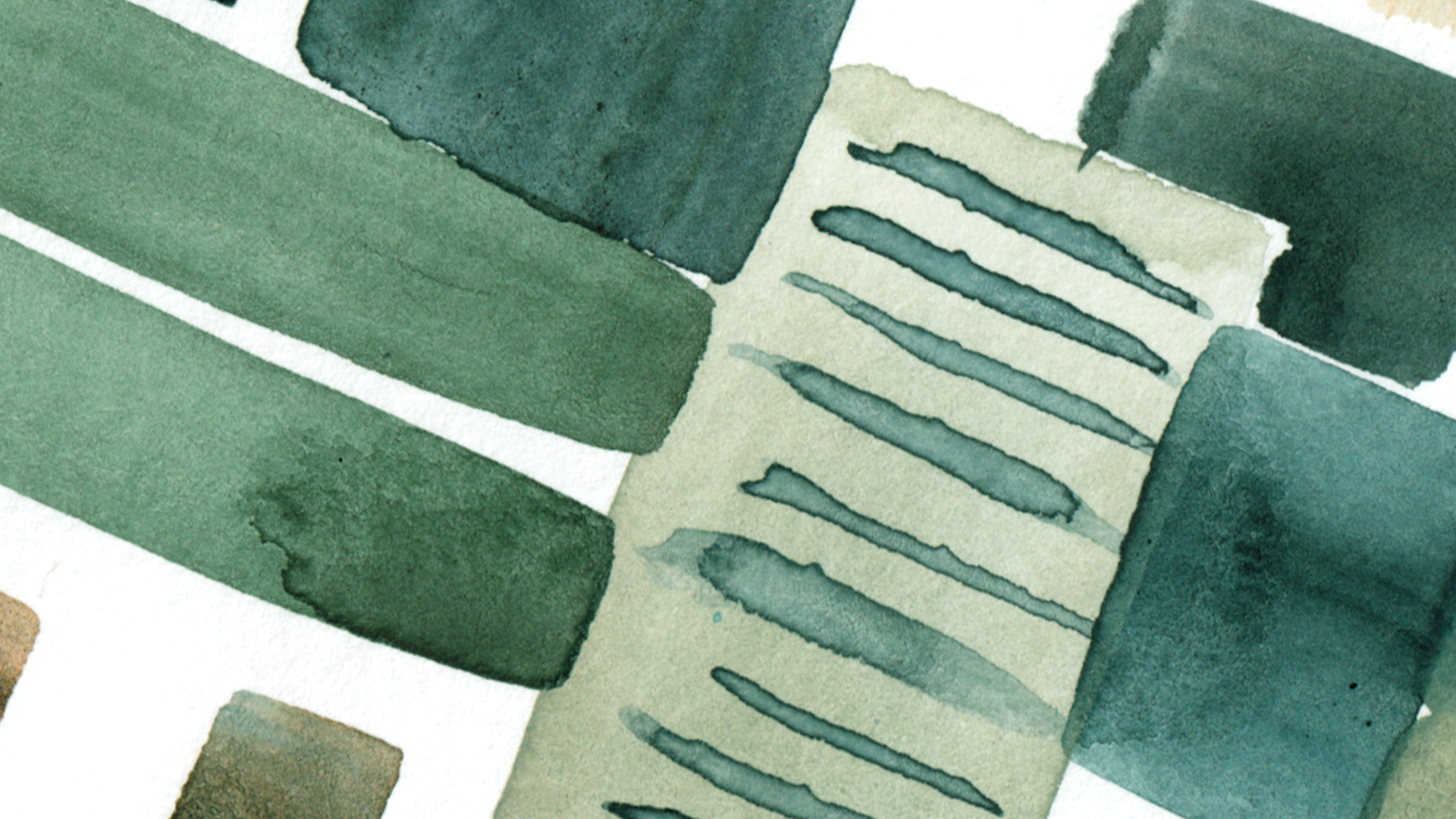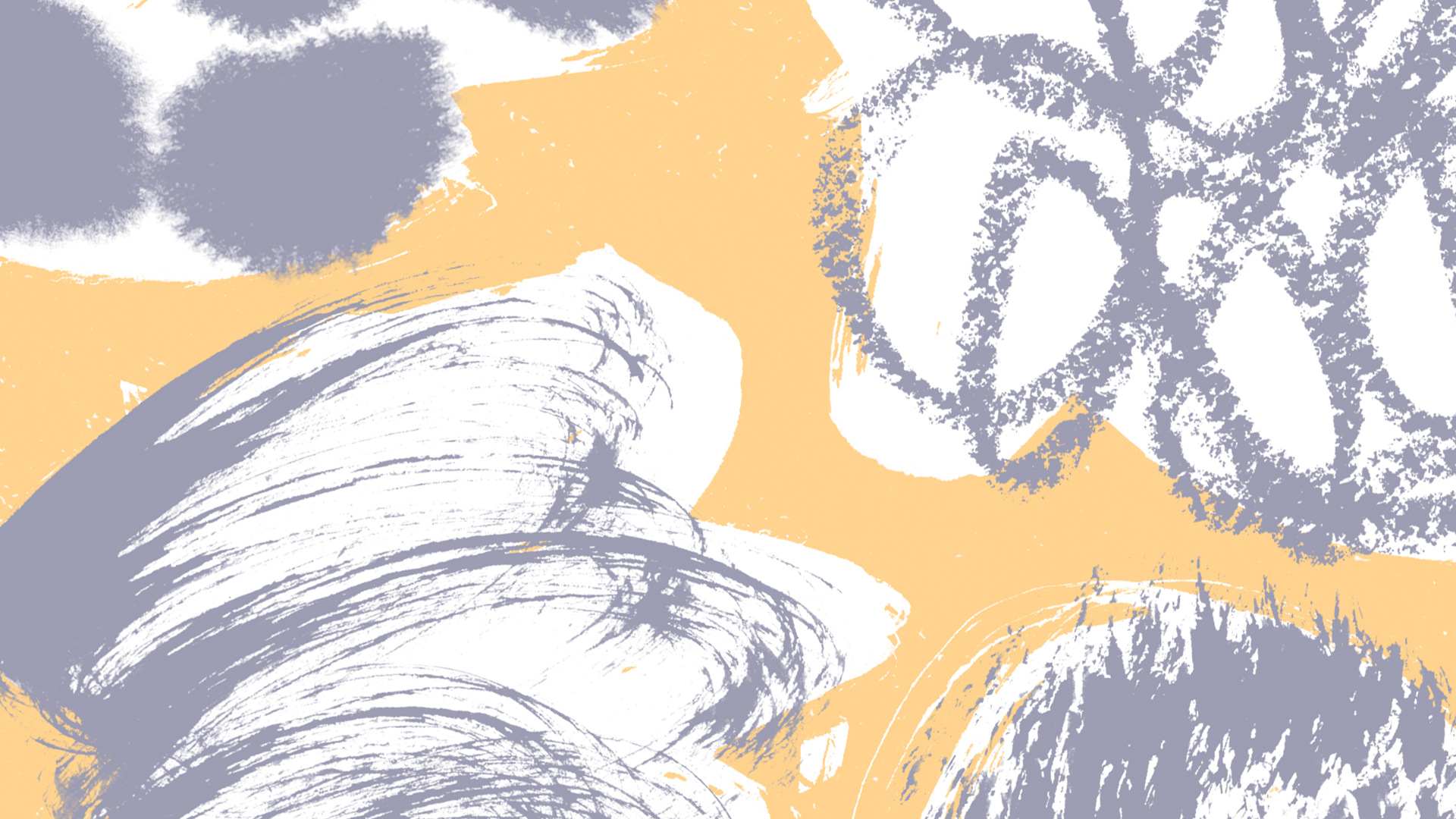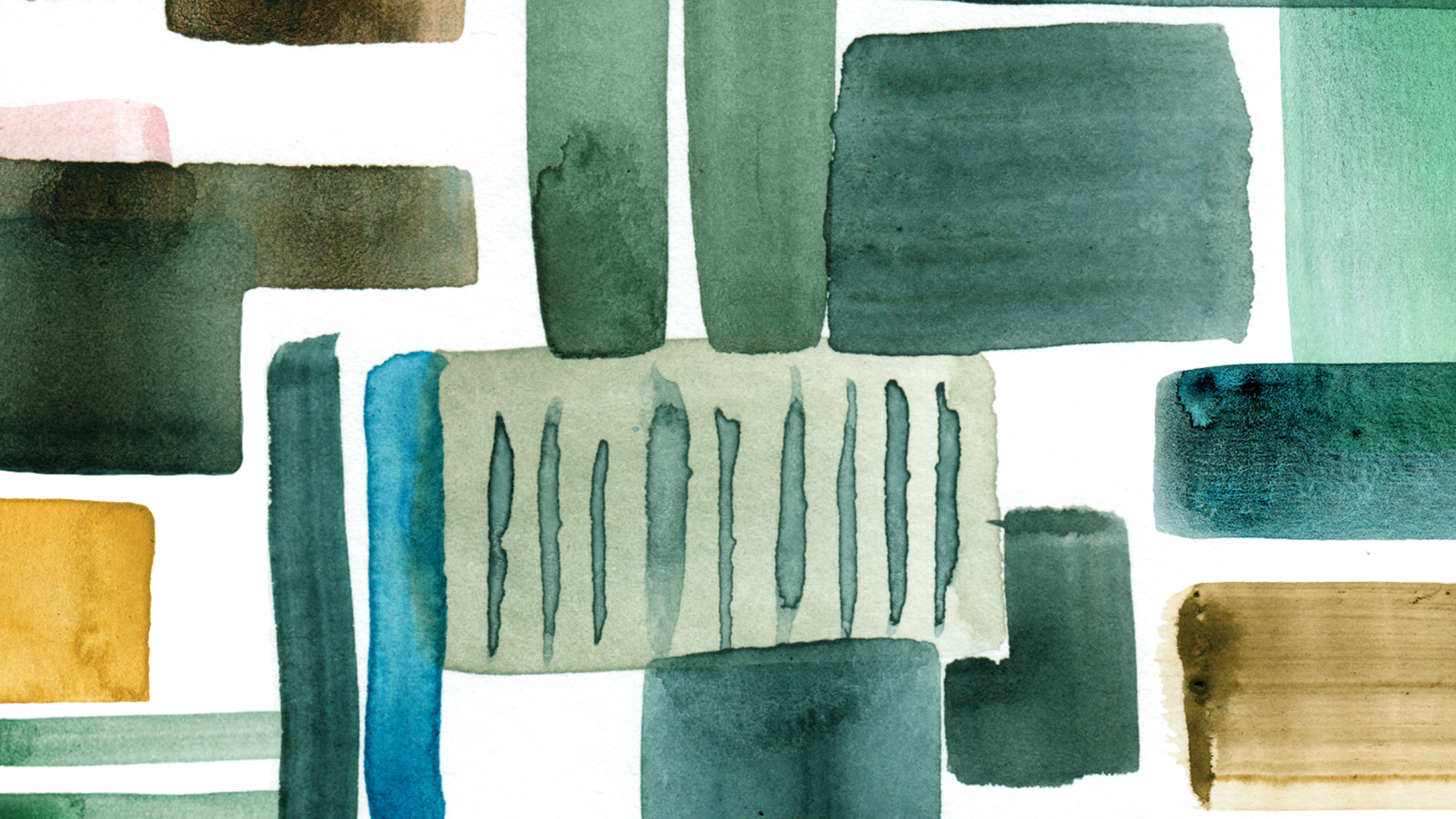Breadcrumb
How your WHS regulator can help
WHS regulators support and promote safe workplaces through:
- prevention – providing information, advice, training and support to help workplaces make safe workplaces and prevent harm. Most will offer practical guidance on risk management, safety compliance, return-to-work processes, hazard identification, training requirements and safe work procedures.
- compliance and enforcement – investigating incidents (such as injuries or near misses) and prosecuting breaches.
Organisations and businesses can access regulator advisory services to help:
- understand your legal duties
- improve workplace safety
- prevent incidents.
Engaging with a WHS regulator ensures access to accurate, up-to-date information tailored to specific needs.
Contact your WHS regulator
Contact the WHS regulator in your state and territory to find out about:
- industry-specific safety resources
- preventative services offered by WHS regulators
- reporting and compliance services of WHS regulators.
Australian Capital Territory — WorkSafe ACT
Contact WorkSafe ACT:
- Email worksafe@worksafe.act.gov.au
- Phone 13 22 81
New South Wales — SafeWork NSW
Contact SafeWork NSW:
- Use their online enquiry form
- Phone 13 10 50
Northern Territory — NT WorkSafe
Contact NT WorkSafe:
- Email ntworksafe@nt.gov.au
- Phone 1800 019 115
Queensland — Workplace Health and Safety Qld
Contact Workplace Health and Safety Queensland in the Office of Industrial Relations:
- Make an online enquiry
- Phone 1300 362 128
South Australia — SafeWork SA
Contact SafeWork SA:
- Email help.safework@sa.gov.au
- Phone 1300 365 255
Tasmania — WorkSafe Tasmania
Contact WorkSafe Tasmania:
- Email wstinfo@justice.tas.gov.au
- Phone 1300 366 322 (or if outside Tas (03) 6166 4600)
Victoria — WorkSafe Victoria
Contact WorkSafe Victoria:
- Email info@worksafe.vic.gov.au
- Phone 1800 136 089 or (03) 9641 1444
Western Australia — WorkSafe WA
Contact WorkSafe WA:
- Email wscallcentre@demirs.wa.gov.au
- Phone 1300 307 877 (within WA)
Commonwealth — Comcare
Contact Comcare:
- Make an online enquiry
- Phone 1300 366 979
The Creative Workplaces website has general information for organisations and workers in creative industries. It is not legal advice.
More in this section:
Creating a safe workplace
Safe workplaces keep the arts thriving for everyone. Workplace safety is also the law.
Work health and safety roles and duties
Find out what you need to know to meet your legal obligations and create a safe environment for workers, contractors, volunteers and patrons.
WHS consultation: Talking about safety
Work health and safety consultation means talking and listening to workers about health and safety issues.
Managing hazards and risks
Identifying hazards and taking proactive steps to manage risks creates safer work environments, prevents injuries and helps workplaces meet their legal obligations. It is crucial for every creative workplace.
The positive duty to prevent sexual and sex-based harassment
Busineses and organisations have a legal obligation to take steps to prevent sexual harassment or sex-based harassment from happening. This is called a positive duty.
Worker safety training
All workers need workplace safety training – whether they are new to the job or highly experienced.
Safety reporting, monitoring and record keeping
Understanding how to report, monitor and record safety issues helps prevent accidents, meet legal obligations and support everyone in the workplace.
Emergency safety planning
Follow the steps on this page to help you plan for an emergency. Having a clear, well-communicated emergency plan ensures the safety of workers, audiences, and other visitors, and helps workplaces comply with work health and safety (WHS) laws.
Workers compensation insurance
Workers compensation insurance covers workers and organisations financially if a worker is injured or ill because of work.










